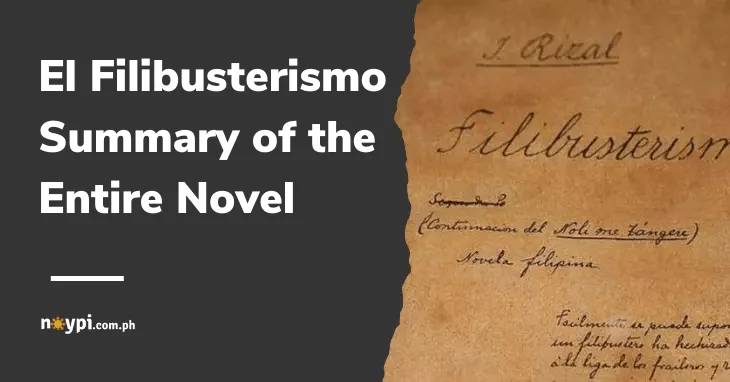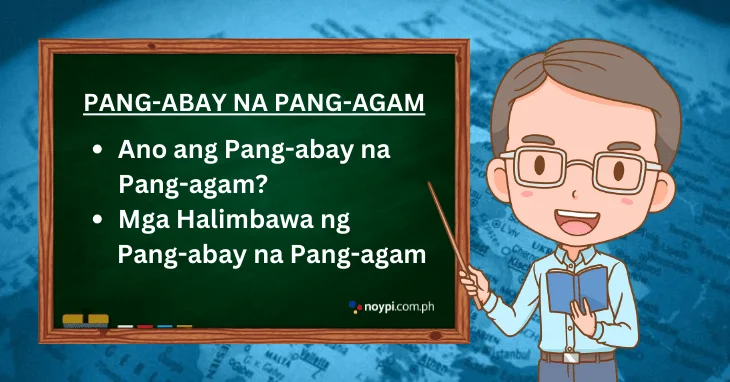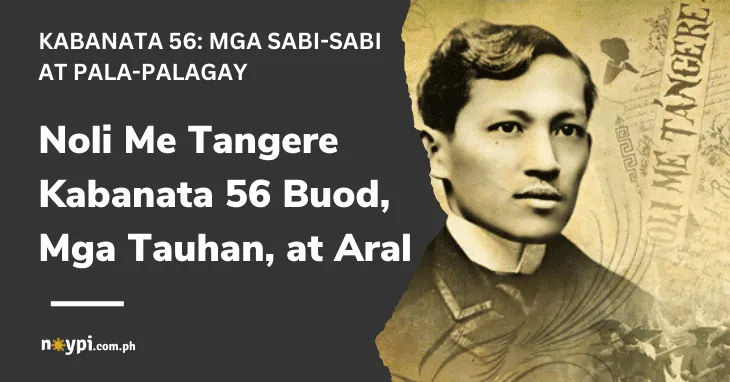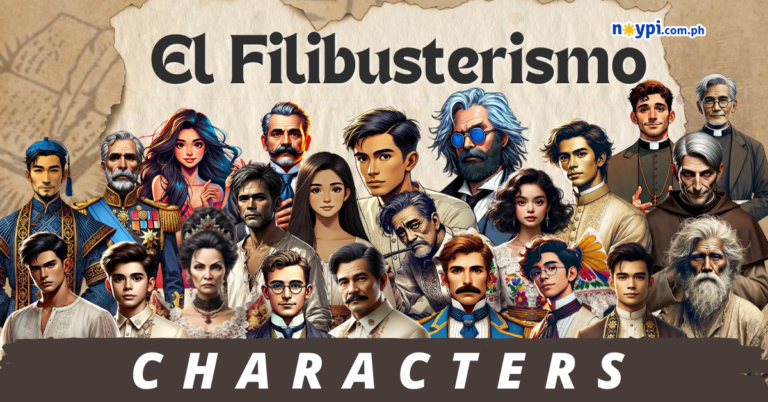Welcome to our comprehensive summary of El Filibusterismo, the influential novel by Philippine national hero, Dr. Jose Rizal. This literary masterpiece delves into the social, political, and economic issues faced by the Filipino people during the Spanish colonial era. Our goal is to provide you with a clear and concise overview of the narrative, its characters, and the key themes explored throughout the story. Whether you’re a student, a history enthusiast, or just curious, this summary will surely pique your interest and deepen your understanding of this crucial piece of Philippine history.
El Filibusterismo Summary
Thirteen years after the deaths of Sisa and Elias, the story began.
A steamboat called Bapor Tabo traveled between Manila and Laguna. Among its passengers were the jeweler Simoun, Basilio, and Isagani.
Upon arriving in San Diego, Basilio visited his mother’s grave in the Ibarra family cemetery. There, he unexpectedly encountered Simoun, who he recognized as Crisostomo Ibarra in disguise.
To protect Ibarra’s secret, Simoun attempted to kill Basilio but was unsuccessful. Instead, Simoun tried to persuade Basilio to join his quest for revenge against the Spanish Government. Basilio refused, as he wanted to finish his studies.
Meanwhile, while the Governor-General was vacationing in Los Baños, Filipino students submitted a petition to establish a Spanish Language Academy.
The proposal was rejected because the clergy would be in charge, preventing the students from having any control over the institution’s operations.
Simoun and Basilio met again, and Simoun once more tried to convince Basilio to join his planned rebellion and create chaos in a forced opening of the Sta. Clara convent to abduct Maria Clara. However, this didn’t happen because Maria Clara passed away that same evening.
On the other hand, the students held a gathering at the Panciteria Macanista de Buen Gusto, expressing their disappointment over the failed establishment of the Spanish Language Academy.
Speeches were given inside the Panciteria, where the students openly criticized the clergy. The friars eventually learned about this.
The next day, posters containing criticism and calls for rebellion were found on the university’s doors, and the students’ organization members were blamed. The students were arrested, and Basilio was among those apprehended. This deeply affected his lover, Juli.
Although hesitant, Juli eventually sought help from Padre Camorra to free Basilio. Hermana Bali also persuaded her, believing that only the priest could help secure Basilio’s release.
To exonerate the students, their relatives intervened for their release. Basilio, however, remained in jail as he had no intermediary.
Padre Camorra assaulted Juli. Traumatized by the incident, she jumped from the convent window, leading to her death.
Simoun continued plotting his revenge against the government. To advance his plans, he partnered with Don Timoteo Pelaez, Juanito’s father, and arranged Juanito’s marriage to Paulita Gomez. The Governor-General was invited to be the wedding godfather, and other high-ranking officials were also invited to the banquet.
Two months after his imprisonment, Basilio was released with Simoun’s help. Due to the tragic events in his life, including Juli’s death, Basilio finally agreed to join Simoun’s rebellion.
Simoun seized the opportunity to show Basilio the bomb he had made. It was a grenade-shaped lamp, the size of a human head. He planned to present this extravagant lamp to the newlyweds, Juanito and Paulita.
The lamp would emit a bright light for twenty minutes before dimming. When the wick was raised to brighten it again, the grenade would explode, causing the destruction of the pavilion and ensuring no guest would survive.
The explosion would serve as a signal for Simoun to initiate the rebellion.
On Juanito and Paulita’s wedding day, at around seven in the evening, Basilio paced outside the banquet venue. Simoun also left the house, anticipating the imminent explosion.
As Basilio was about to leave, he spotted Isagani, Paulita’s former lover. Temporarily forgetting his life’s disappointments, Basilio revealed the planned explosion to Isagani and warned him to leave the area.
As the lamp began to dim, the Governor-General ordered Padre Irene to raise the wick. However, Isagani snatched the lamp, ran to the terrace, and threw it into the river.
Simoun’s planned rebellion was thwarted. He fled to the house of Padre Florentino, a Filipino priest.
As those pursuing Simoun were closing in, he drank poison to avoid being captured alive. It was then that he confessed his true identity to the priest.
He shared his return to the Philippines from Europe thirteen years prior, his love affair with Maria Clara, and his disguise as a jeweler to seek revenge against the government through a rebellion.
After confessing, Simoun passed away.
The remaining jewels belonging to Simoun were thrown into the sea by Padre Florentino.
Short Summary of El Filibusterismo
Thirteen years after Sisa and Elias’ deaths, Simoun, disguised as a jeweler, plotted revenge against the Spanish Government. He tried to recruit Basilio for his cause, but Basilio initially refused. Simoun arranged Juanito’s marriage to Paulita, planning to use a bomb disguised as a lamp at the wedding to start a rebellion. However, Isagani, Paulita’s former lover, thwarted the plan by throwing the lamp into the river. Simoun confessed his identity to Padre Florentino before taking poison, and the priest threw Simoun’s remaining jewels into the sea.
You’ve now come to the end of the El Filibusterismo summary covering the entire novel. If you found this resource helpful, we encourage you to share it with your friends and classmates through social media or any other way you see fit. By disseminating the knowledge and insights from this significant piece of literature, we can collectively deepen our understanding of the historical context and the struggles encountered by the Filipino people during that period.
Don’t hesitate to share this on your social media profiles, enabling others to benefit from the valuable information as well. Just click the share button on your screen to propagate the knowledge. We appreciate your support!
Mga kaugnay na aralin
El Filibusterismo Characters and Their Traits
El Filibusterismo Buod ng Bawat Kabanata 1-39 with Talasalitaan
El Filibusterismo Tauhan at mga Katangian ng Bawat Isa
El Filibusterismo Buod ng Buong Kwento (Maikling Buod)
Kaligirang Pangkasaysayan ng El Filibusterismo
Kaligirang Pangkasaysayan ng Noli Me Tangere
Noli Me Tangere Buod ng Bawat Kabanata 1-64 with Talasalitaan
Noli Me Tangere Tauhan at mga Katangian ng Bawat Isa
Noli Me Tangere Buod ng Buong Kwento (Maikling Buod)




